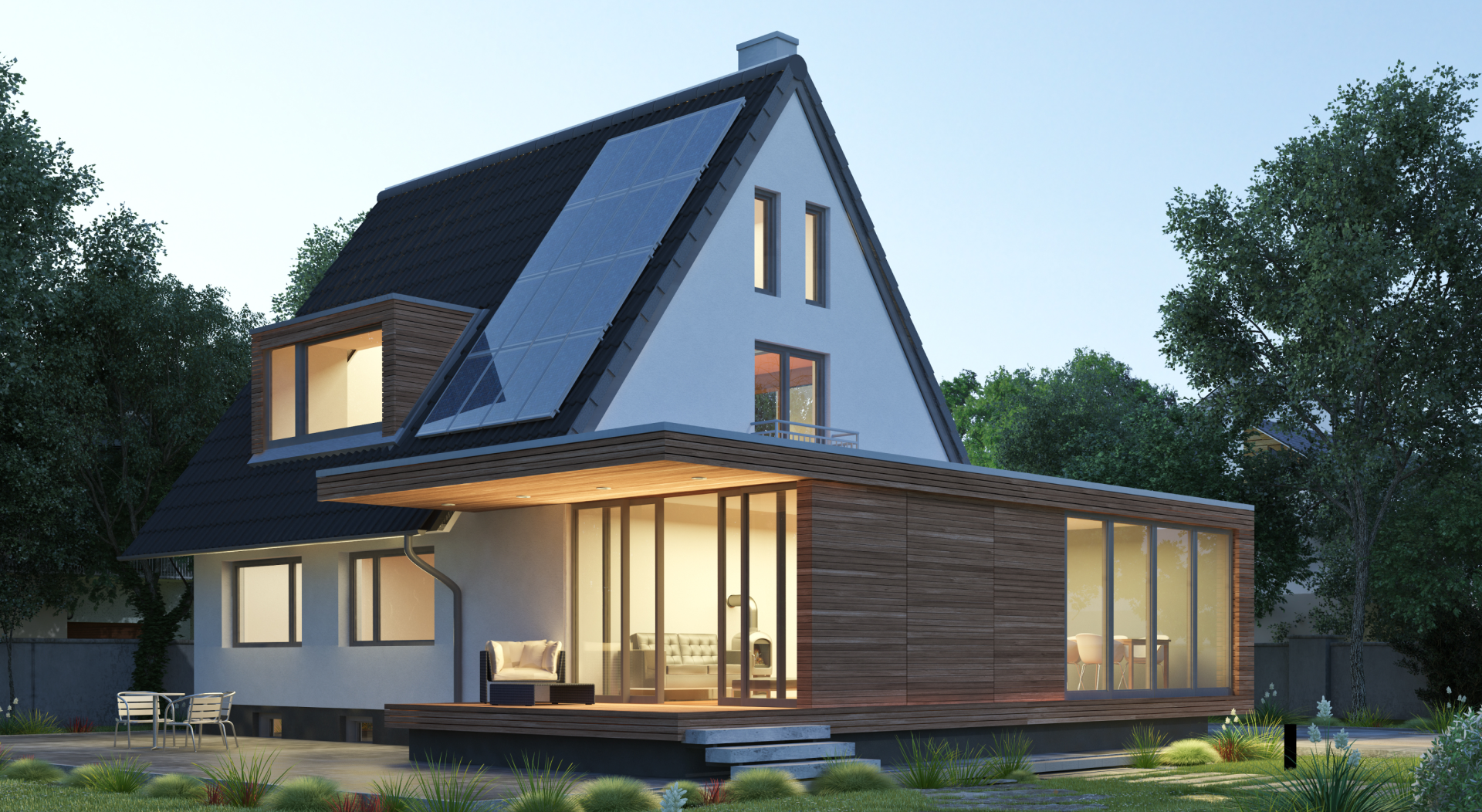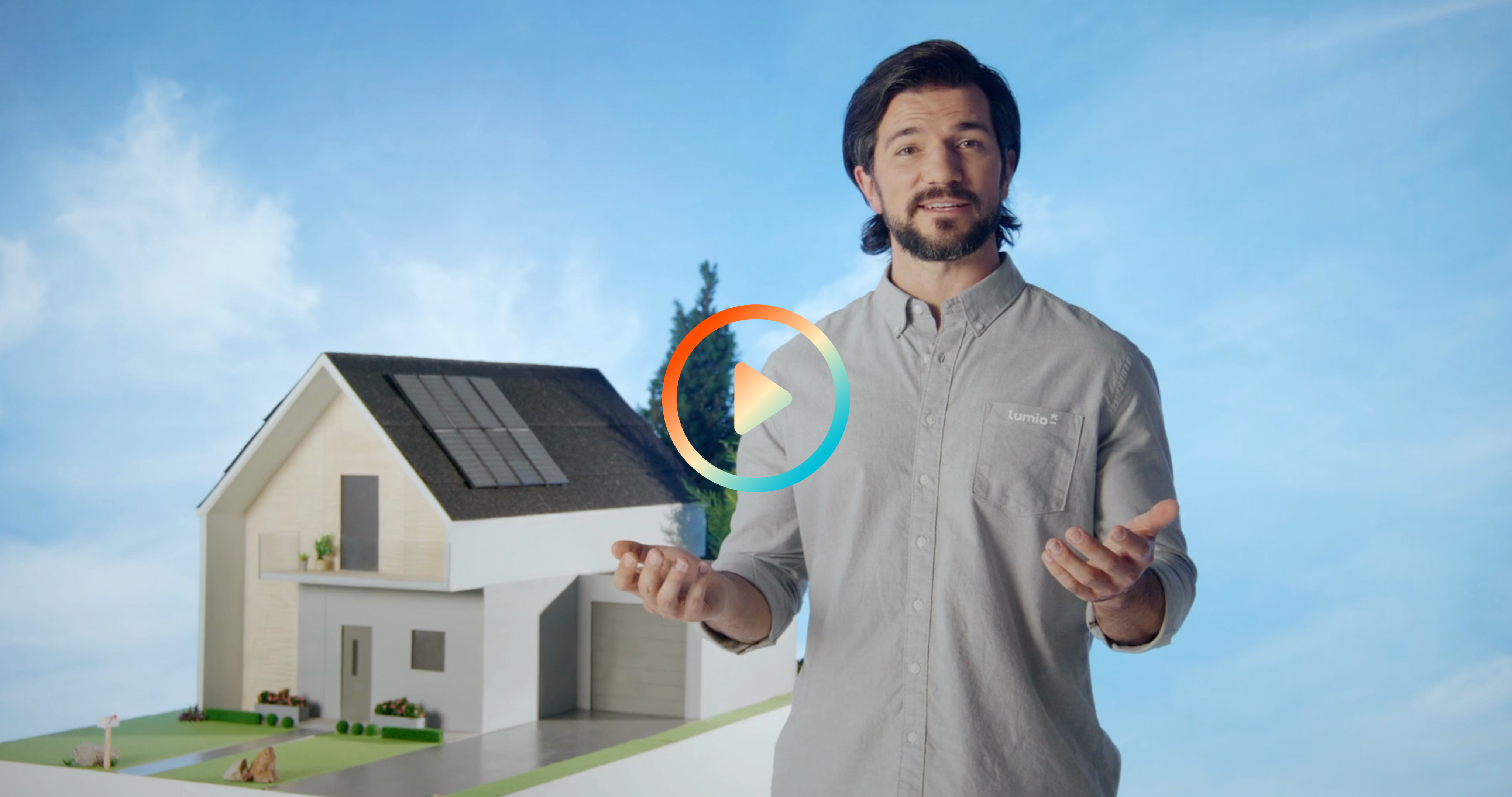A Little Shade? No Problem.
Learn how we get creative in designing around the darkness.

by Kevin Wallace
5 min read - Published on 05/10/2022
Switching to solar is a great alternative to buying traditional energy from your power company because solar panels allow you to convert the abundant energy from the sun into useful, limitless, clean energy for your home. Solar panels do perform best when they aren’t hanging out in the shade, but a little shading here and there shouldn't derail your solar aspirations.
Shady Obstacles and Talented Designers
It’s important to understand what goes into creating a design that will optimize your energy production and minimize your utility bill. You need a solar system specifically designed for your home that produces enough energy to cover your needs using the least amount of panels.
There are a few important things to consider when designing a solar system: orientation, roof pitch (angle), and shading. Obviously, shading can be caused by many factors including trees, roof obstructions, chimneys, or your neighbor’s 100-year-old oak trees.
Some of these items can be dealt with, but you may not be able to overcome old Mr. Wilson’s emotional attachment to his gigantic trees. While shading can decrease the amount of energy your system produces, designing around a few little shading issues is no big deal for our team.
Our designers are trained to take shade into consideration when designing a system for your home to meet your specific power needs. Part of the process is to calculate an important figure called “sun hours” of your roof and factor in the affect potential shade might have on your overall energy production. Here at Lumio, we have a team of the best engineers and designers armed with some pretty cool technology to create a design that optimizes your investment in solar.
How Shading on Your Roof Affects Residential Solar Design
The first step is to determine restrictions on your panel placement caused by shade. This process begins by using satellite imagery to look at your rooftop and determine if your roof is suitable for solar panels. We take the calculated sun hours, cloud drift and weather changes, total estimated consumption, and available roof real estate to put together a custom solar plan for your home.
After we complete the initial check, we’ll use a drone with an intense camera to conduct a lidar shading analysis and determine exactly where the panels should be placed. Lidar is a method of remote sensing technology that can target different objects and surfaces to measure laser light reflection back to the lidar system to give us a clear measurement of potential shade that is difficult to observe from the ground and is critical in designing a system that works for you.
Once we analyze the survey results, we’ll reach out to you and discuss any needed action to remedy shaded areas. In the case of trees or other vegetation, trimming or removal should do the trick. In most cases trimming back the trees will increase the efficiency of your system and overall value of your home.

Non-Removable Shade—Is There a Solution?
Sometimes we need to be flexible. We do have other options to work around the shade caused by things that can’t easily be moved—like chimneys and adjacent buildings.
An experienced CAD engineer can work around the shaded areas to design a system that still fits your needs by maximizing your panel's exposure to direct sunlight. To do this, you may end up needing a few more panels to produce the energy you need. We can also place additional panels on other areas of your roof facing different directions, which can be slightly less efficient but can help your system achieve the total energy output you need—learn more about how orientation affects your solar energy output here.
Depending on the shading situation your roof presents, we may use different types of inverters in your design to effectively work around shade that we can’t remedy with panel positioning. An inverter is a device that converts DC power into AC power that we can use in most homes in the United States.
Microinverters
Sometimes we will use microinverters as part of your design. This means we install a tiny inverter at each panel, and these inverters allow the whole system to continue to produce electricity when one inverter stops working. Think of it like a string of Christmas lights that stay on even when that one little bulb in the middle burns out. Pretty cool.
Using microinverters on a solar design where the roof is partially shaded helps your system to continue to operate while a few panels are shaded. Your overall output is less due to the shade, but the panels in direct sunlight are still cranking out beautiful, clean energy.
For roofs with no shading, we use string inverters. String inverters are most common. They work great when the solar panels have a clear shot to direct sunlight throughout the day.
Power Optimizers
Power optimizers use a technology that is similar to microinverters. Instead of placing a microinverter on each panel, power optimizers are able to determine the condition of the direct current (DC) electricity and then route this power to a single string inverter in real-time. Like microinverters, power optimizers help alleviate some of the negative effects of shade.
Is There Such a Thing as Too Much Shade?
Although rare, it is possible for a roof to be too shaded. Not all homes have enough direct sunlight to allow for an efficient solar design. If you live in the middle of a forest in the pacific northwest, you may not have enough direct sunlight to justify a solar panel system for your home.
How Much Does Shade Affect Energy Production?
Does an hour of shade significantly reduce your energy production? Sometimes, yeah.
With a standard installation using string inverters, a single panel can reduce energy production by 75 percent while covered by shade. But that is exactly why we have these other nifty tools in our toolbox to help: microinverters, bypass diodes, and power amplifiers.
Bottom line—while not all homes qualify, we’ll pull out every trick we have in the bag to make sure we evaluate all options and explore any possibility to help you make the switch to solar and start to create your own personal power.
To learn more about your roof’s potential to provide you with sustainable energy, reach out to one of our solar experts and they will provide a custom quote for your home.

